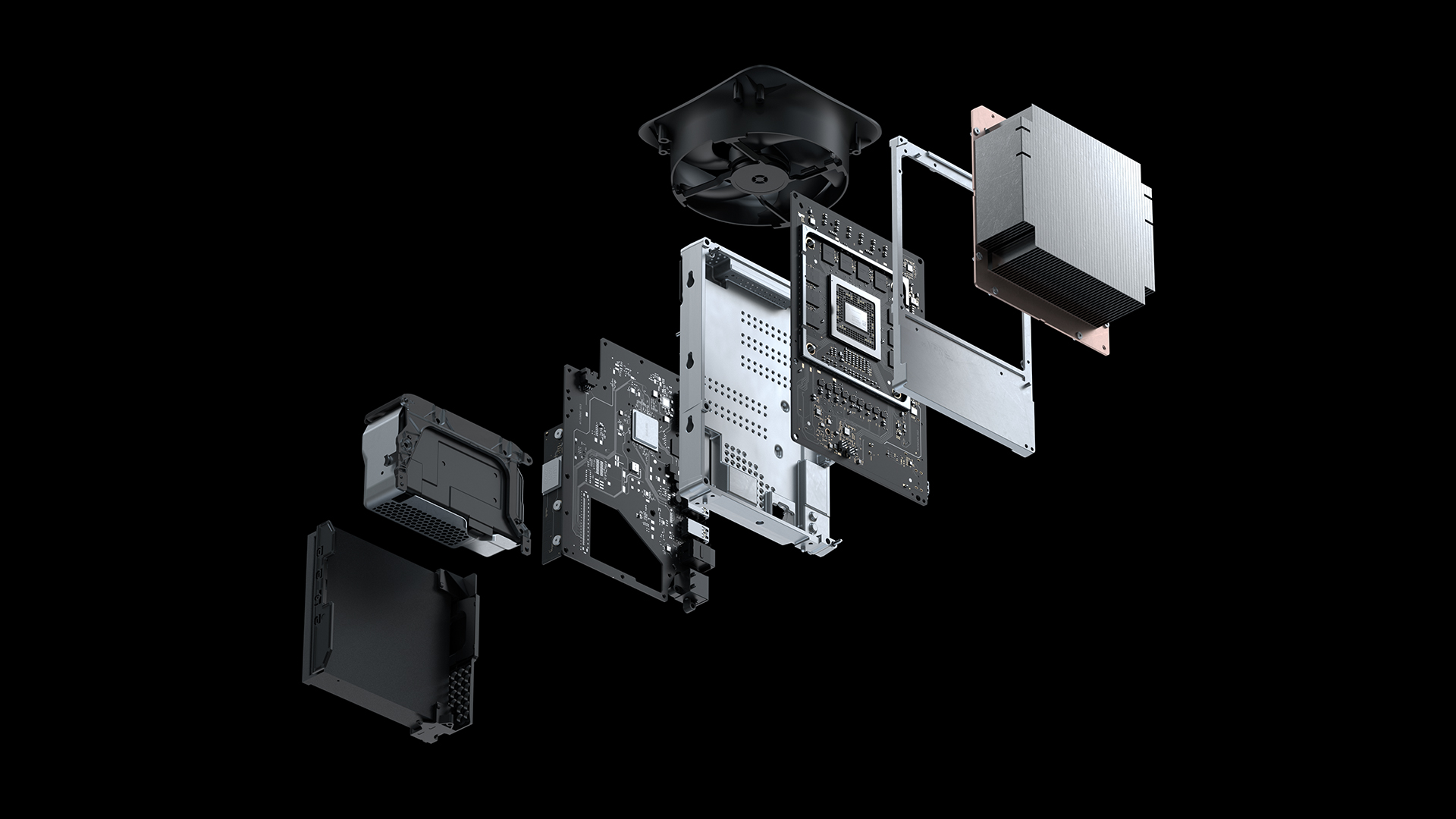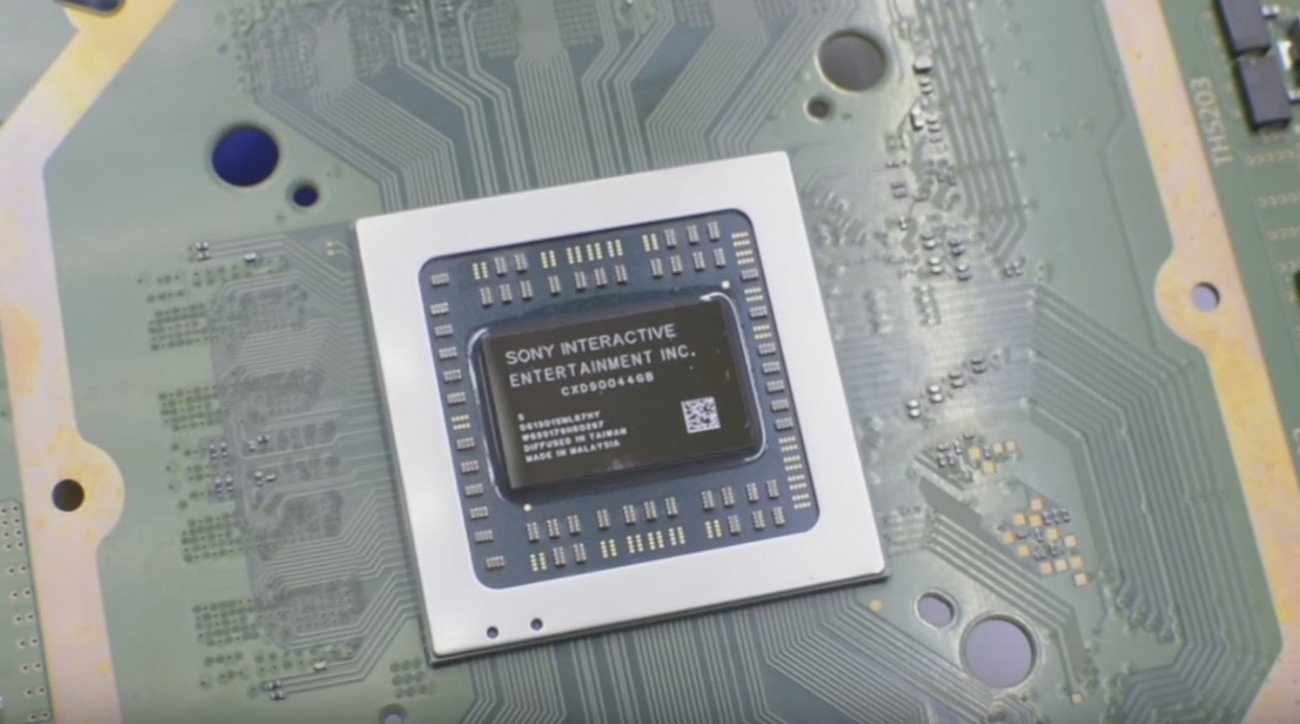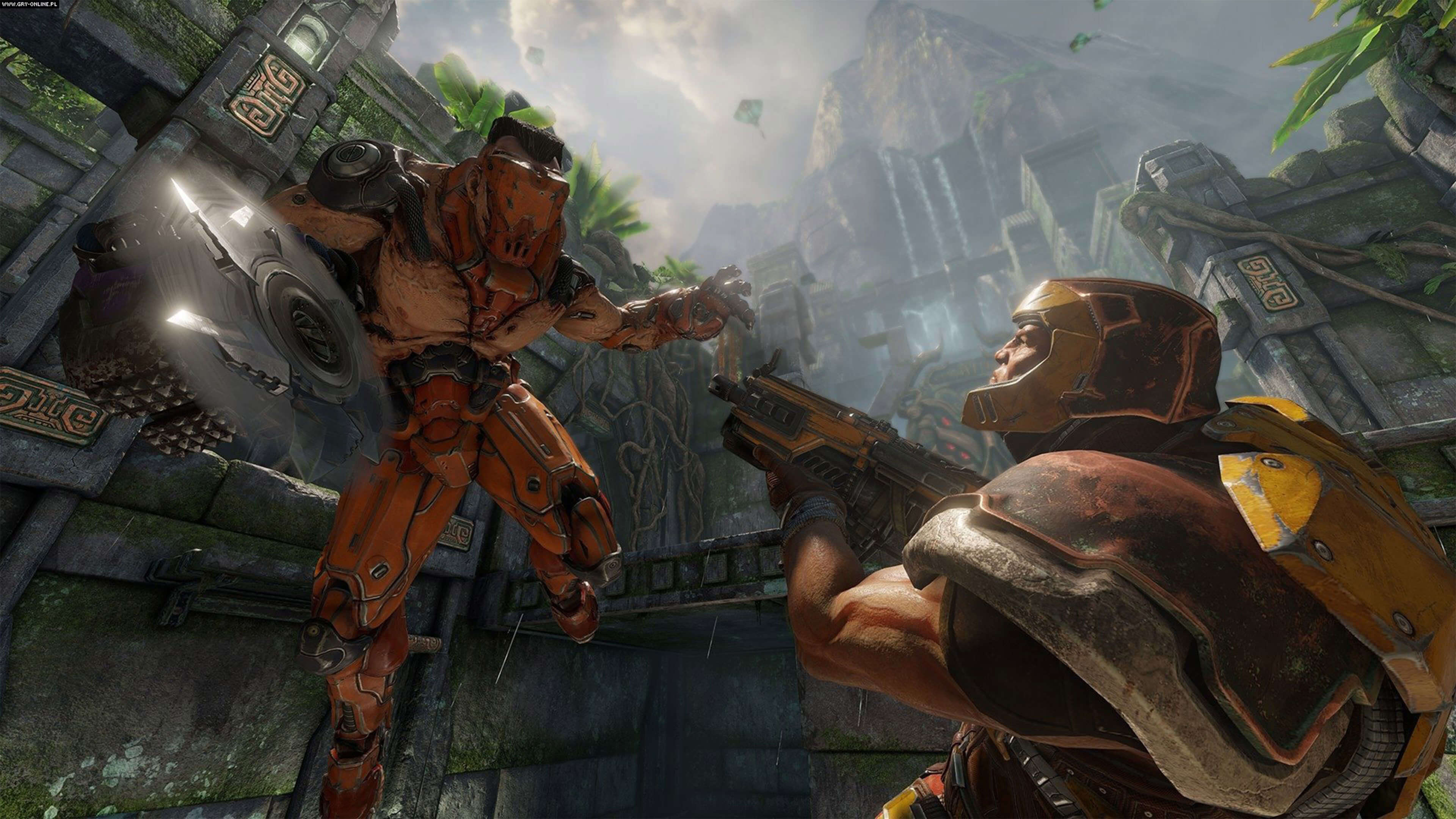You completely missed the point.
Yes there will be lots of improvements, but most of those are going to be limited to games exclusive to the PS5, all multiplats will be designed with HDDs in mind as most PC's don't have SSD's yet
You are completely missing the point that an entry-level 512 GB SSD is about $50, so less than one RRP game. It's also a very easy to install and start benefiting from its performance: you just install a game to it and there you go. I switched to SSDs in my workstation years ago and never looked back. Those were simple, inexpensive upgrades which significantly increased the comfort of work. Next gen titles will just have an SSD as a requirement. There's even a PC exclusive game which requires SSD right now.
Most pc's used for gaming (Not necessarily gaming pcs) match that
Unless you're counting my grandma's pc
Steam hardware stats page says you're very wrong. It's not a good way to start a membership with groundless conjecture and a passive-agressive attitude towards your interlocutors. Just a friendly advice, we all have a 'report' button and as a new account, you're on probation.
Well I mean Killzone Shadowfall had utilised RayTraced glossy reflections and that was a launch title, so I'll definitely commend the team @ Guerilla Games for pulling off a form of raytracing that early in the 8tn gen. Killzone Shadowfall was a beautiful looking game, in a way, still is!!!
KZ:S reflections aren't RT. There are several ways to make them look like that in realtime without RT.
You can use cube mapping, which is throwing a static texture in the mirror which resembles what would be reflected in it. It's very easy and doesn't take any additional resources when your game is running but in game production you have to render those textures first. Infamous Second Son used that approach: window reflections were calculated on fast render farms to be put into the game. The effect is great but the preparation phase required a lot of artists working on that, which translates into hefty budget.
Another technique used in many games to make puddles and other water volumes is screen space reflections. It can render dynamic surroundings of a said reflective surface in realtime, even including the character models. It's the closest to RT in terms of quality but also has several limitations, the biggest of them probably being that it can only reflect what you see on screen (you as a player), so won't work with mirrors that you look straight at because then you'd see the cameraman... No, I'm joking

You wouldn't see anything behind virtual camera of the game. It's also very taxing on hardware. That's why a lot of mirrors or puddles in games aren't very detailed (render at lower resolution and framerate) while a lot of mirrors are broken. This is to hide the lesser quality of that image. If you remember the first SpiderMan trailer, it has a lot of puddles, the construction yard was all wet. They decided to remove most of the puddles because it was too taxing on hardware and didn't add that much to the whole scene.
Finally, you can just make all objects behind the mirror/window real, just put them there, add a shader to simulate glass and there you go. Of course it's also very taxing on hardware but works well in closed spaces, like baths where a character looks into their reflection. Then you have two character models and a hole in the wall. This technique is probably the oldest. The first time I remember seeing a reflection in a 3D game was Duke Nukem. At that time it even wasn't a 3D model, just a sprite.
Continuing my previous reply to your post...
Also, I'm assuming that Sony and Microsoft want to use the extra storage capacity of BDXL relative to regular Blu-ray discs to store larger and therefore more complicated software-encryption files, in order to make hacking the discs more difficult.
That's an interesting take. With all the effort to speed-up I/O, there must be a real problem with encryption. PS4 encrypts/decrypts data on-the-fly. It's quite easy to do if you have a 50MB/s data stream. IIRC, one Jaguar core is dedicated to that (in PS3 it was one SPU). I don't think even a Ryzen CPU core can do on-the-fly encryption of 5 GB/s. Or can it?







